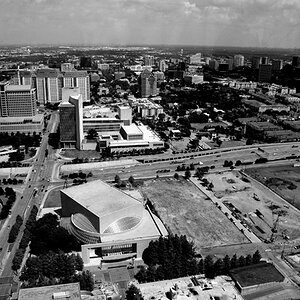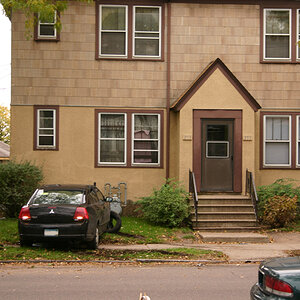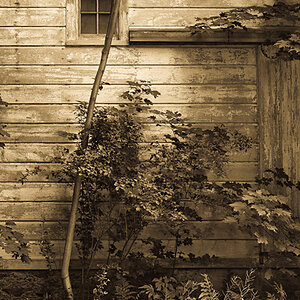- Joined
- Jul 16, 2015
- Messages
- 4,040
- Reaction score
- 4,659
- Location
- Oklahoma
- Can others edit my Photos
- Photos OK to edit
I recently passed on the new Nikon Z6 and Z7 based on (0nly) one card slot. I did the same on the Nikon D7500 last year for the same reason: CDS ("Card Deficiency Syndrome"). HOWEVER, merely one card was just fine for me when I pulled the trigger on a Fuji X-T20, as my intended use for that camera was totally different.
So, it really kinda depends, but what I'm interested in is this: in an ideal world, what is the 'proper' number of card slots in a camera, to have a camera configured to your liking?
Please comment! Thanks
So, it really kinda depends, but what I'm interested in is this: in an ideal world, what is the 'proper' number of card slots in a camera, to have a camera configured to your liking?
Please comment! Thanks





![[No title]](/data/xfmg/thumbnail/38/38724-0b9c26c57726c91c6c504310e4428e55.jpg?1619738702)

![[No title]](/data/xfmg/thumbnail/38/38726-c2f92932ae847f22fd6548bf87263976.jpg?1619738702)

![[No title]](/data/xfmg/thumbnail/37/37245-5f15b292311b21913f10cc41f40682ba.jpg?1619737952)




